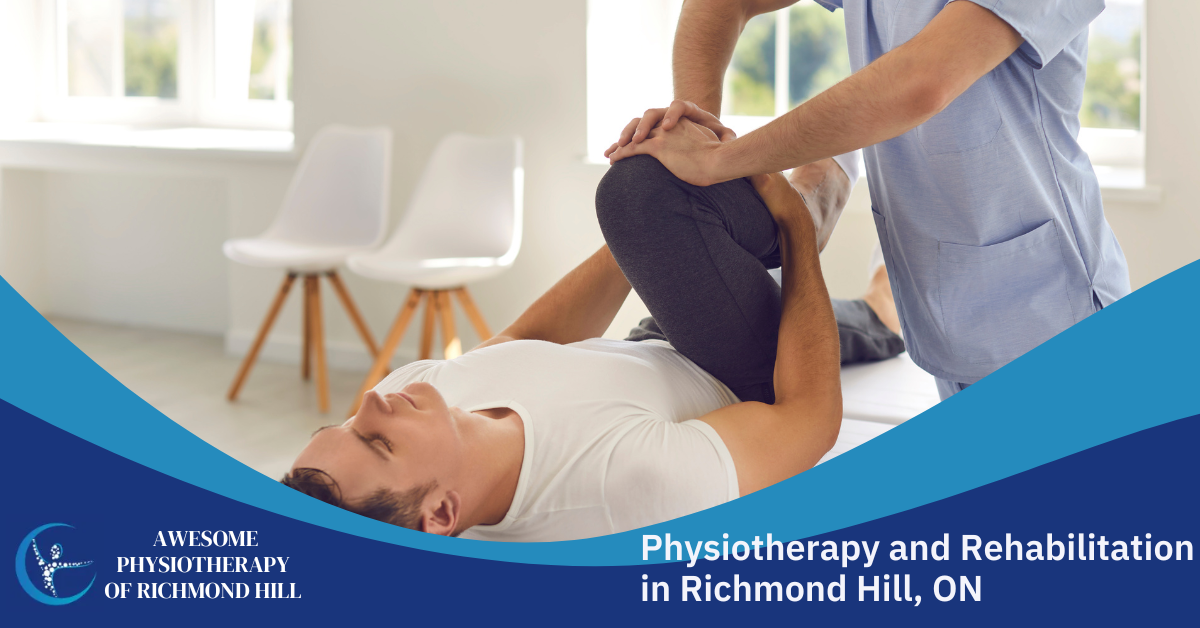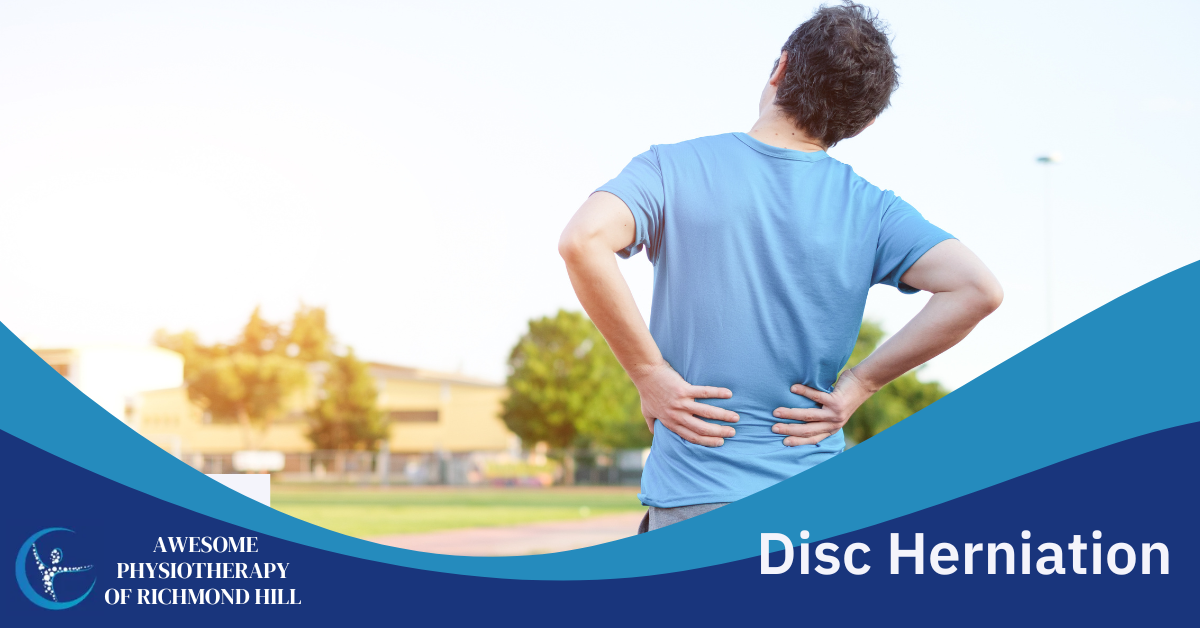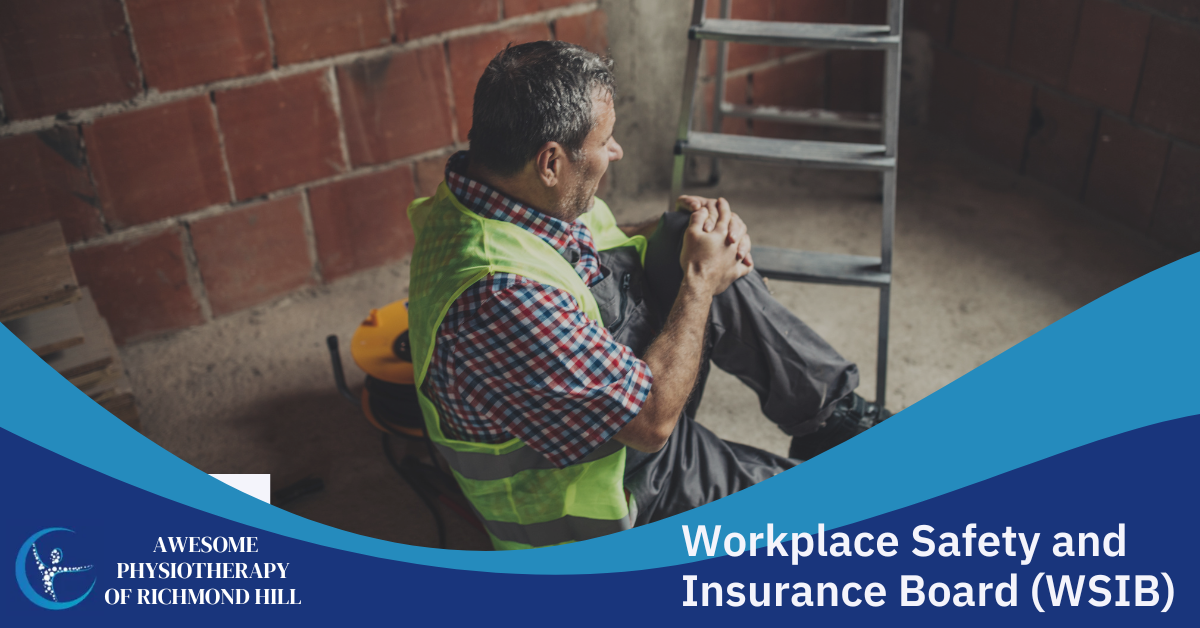Is Spinal Decompression Therapy Right for You?
If you’re one of the 540 million people worldwide struggling with back pain at any given time, your pain may start to feel like an unfortunate fact of life. Common solutions like back stretches, back braces, and lumbar support might give you short-term relief, but recurring pain can make you worry that surgery is the only way out.
Fortunately, there’s a better non-invasive option worth trying: spinal decompression therapy.
Research shows that this therapy is effective for many people with chronic pain. One classic study even found that a whopping 86% of ruptured disk patients showed “good to excellent” improvement from this option.
If you’ve never heard of this approach, or if you’re wondering what to expect from your upcoming session with our team, here’s what you should know.
What Is Spinal Decompression Therapy?
As the name suggests, the goal of spinal decompression is to create a gentle spinal stretch. This helps relieve the pressure on your compressed spinal discs, which can in turn allow fluid to re-enter them.
Creating a space for much-needed spinal fluid can also help promote better circulation, blood flow, and nutrition throughout the area. Over time, this decompression can also give your disks time to heal. An additional benefit of spinal decompression is that it even gives slipped, bulging, or misplaced discs an opportunity to return to their proper place.
How Does Spinal Decompression Therapy Work?
This type of spinal physiotherapy is a non-surgical, in-office procedure. It uses a special motorized traction table to relieve your back and neck pain.
What to Expect From Your Therapy Session
You can expect to spend around 30-45 minutes on each spinal decompression session. You’ll remain completely clothed throughout the treatment.
This therapy will begin with you lying face-up or face-down on a special mechanized table. A trained professional will place a harness around your hips and core. Once you're secured in place, the table’s traction and harnesses will pull your upper and lower body in opposite directions.
The gentle pull is under the full control of your specialist, who will adjust the table’s settings to meet your needs and condition.
What to Expect From Your Recovery Time
One benefit of spinal decompression is that you’ll need little to no recovery time. The majority of patients can resume their normal activities right after the therapy session. In addition, most patients will notice small improvements after just a few sessions.
How Many Sessions to Expect
Although patients should begin to feel a small amount of relief early on, we often recommend scheduling between 4-12 sessions, depending on your condition. You may need to visit as many as three times per week. In addition, many patients see success using this therapy in combination with other types of therapy, such as spinal adjustment and manipulation.
Who Should Consider Spinal Decompression Therapy?
Spinal decompression is a great therapy for patients with upper, middle, or low back pain. It can help to treat a range of conditions, including the following:
- acute or chronic back or neck pain
- degenerative disc disease
- bulging or herniated discs
- worn spinal joints
- spinal stenosis
- sciatica
- injured nerve roots
If you’re not sure whether this therapy would provide relief for your condition, be sure to talk to your physiotherapist.
Who Should Avoid Spinal Decompression Therapy?
Anyone who is pregnant should avoid doing spinal decompression therapy, as this procedure can create additional pressure on the abdomen.
In addition, spinal decompression therapy is not ideal for patients who have suffered recent trauma, including bone fractures, torn ligaments and muscles, and significant bruising.
Patients with a few other conditions should also avoid this therapy, including those dealing with the following:
- tumors
- advanced osteoporosis
- severe nerve damage
- severe spondylolisthesis
- metal implants in the spine
- spinal instability
- abdominal aortic aneurysm
In addition, if you’ve undergone certain types of spinal surgery, this treatment may not be right for you. Be sure to discuss the details of your procedure with your physiotherapist.
For patients with any of the conditions above, your specialist may recommend other types of physiotherapy for the spine.
Can You Try Spinal Decompression at Home?
If you’re curious about this therapy, you may be interested in testing a few safe spinal decompression methods at home. These techniques cannot replicate the full experience of spinal physiotherapy, but if you experience mild relief after trying them, you may want to consider in-office spinal decompression for longer results.
Certain yoga moves, such as cat-cow stretches and child’s pose, offer a light stretch that decompresses the spine. You can also do a similar stretch by lying face-up on an exercise ball.
However, it’s worth noting that we do not recommend more advanced techniques, such as home inversion tables, for most patients. While hanging upside down can create a bit of DIY spinal decompression, these methods can sometimes worsen your symptoms, especially if you don’t know what you’re doing. Be sure to talk to a medical professional before you try doing this on your own!
Let Us Help Tackle Your Back Problems
If you’re struggling with back pain, you don’t have to do it alone.
At our Richmond Hill office, we're here to help you minimize pain while focusing on long-term muscle stability—and spinal decompression can be an effective addition to any treatment plan. As an alternative to more invasive treatments, this therapy is a good way to get pain relief in just a few sessions. Even better, you’ll experience long-term results to improve your quality of life!
To learn whether spinal decompression therapy is right for you, contact us today.



How Physiotherapy Can Help You Recover Faster: A Guide to Physiotherapy Centers In Richmond Hill, ON





Natural Back Pain Treatment in Richmond Hill
Get drug-free and non-invasive back pain relief in Richmond Hill, Ontario.
Tips, Tricks and Insights for a Healthier Body



How Physiotherapy Can Help You Recover Faster: A Guide to Physiotherapy Centers In Richmond Hill, ON
Our Services
Quick Links
Contact Us
(905) 883-4081
10350 Yonge St Suite 300, Richmond Hill, ON L4C 5K9
Call (905) 883-4081. Email pnphysio@bellnet.ca with any questions you may have regarding this website, or anything associated with it.
All Rights Reserved | Awesome Physiotherapy Of Richmond Hill


